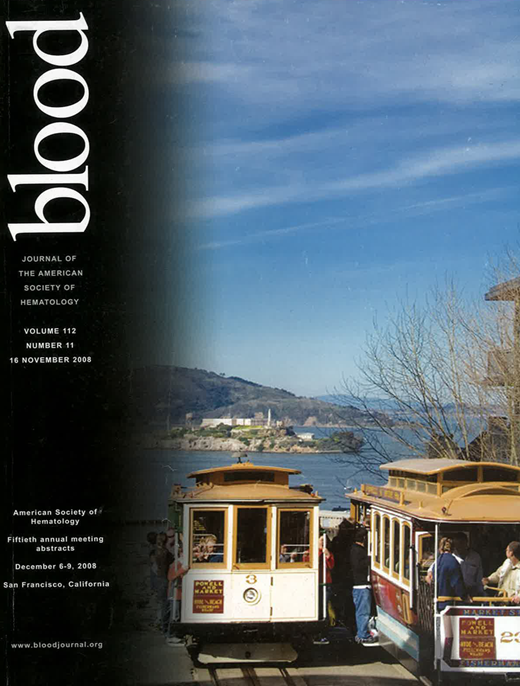Abstract
Although usually confined to the bone marrow, extramedullary (EM) involvement has been reported in up to 15%–20% of patients with myeloma at diagnosis and develops in an additional 15% during the course of the disease. To date clinical observations on EM myeloma are based on small series of relapsed patients and results suggest that the disease course is often aggressive associated with both early progression and short survival. The purpose of this study was to compare the presenting clinical/laboratory features and outcome of newly presenting myeloma patients with and without extramedullary manifestations and to determine the optimum treatment for this group of patients. EM involvement was defined as the presence of extramedullary plasmacytomas clinically or radiologically; patients with solitary or multiple bony plasmacytomas were excluded. Among 459 newly-diagnosed symptomatic myeloma patients prospectively recorded in the Royal Marsden database, 75 (16.3%) had EM involvement. The main sites of involvement were paravertebral (56%), chest wall (15%) and subcutaneous (15%). The presence of EM disease was associated with higher haemoglobin, albumin, lower β2-M level, and consequently a more favorable ISS staging at diagnosis (p<0.05), which could be explained by the early presentation of these patients caused by the tumors. The EM group also had less IgG heavy chain type (36% vs 61.2%, p<0.001), more Bence-Jones (30.7% vs 13.8%, p<0.001) and non-secretory (9.3% vs 4.4%, p=0.09) type, and higher percentage of Lambda light chain type (47% vs 35%, p=0.05). The overall response rates to frontline treatment were similar for the two groups of patients; patients with EM disease having 45% CR, 31% PR and 24% NR compared to 47% CR, 34% PR and 19% NR in the other group. (P=0.5). In a univariate analysis for the whole group of patients, lower Hb, Alb, higher Ca, Cr, β2-M, older age, no high dose therapy (HDT) exposure and no thalidomide exposure were associated with shorter survival. There was no difference in progression free survival (PFS) and overall survival (OS) between the two groups. The OS was 62 months in patients with EM disease and 67 months in the other group (p=0.88), and the PFS was 24 vs 28 months (p=0.73). When adjusted according to independent risk factors (age, Ca, β2M, Alb, exposure to HDT and thalidomide), patients with EM disease who received conventional chemotherapy with no HDT had significantly shorter OS compared to those without EM disease who received similar treatment (p=0.046). HDT significantly improved the OS in both groups (p<0.001), however, it had more impact on OS among patients with EM disease, overcoming the negative prognostic impact of presenting extramedullary disease on the outcome of myeloma. A similar pattern was seen with PFS. In conclusion when treated optimally patients with EM disease at presentation have a similar outcome to patients without EM manifestations. Our results suggest that HDT should form an integral component of first line treatment for patients with extrameduallary disease.
Disclosures: No relevant conflicts of interest to declare.
Author notes
Corresponding author

